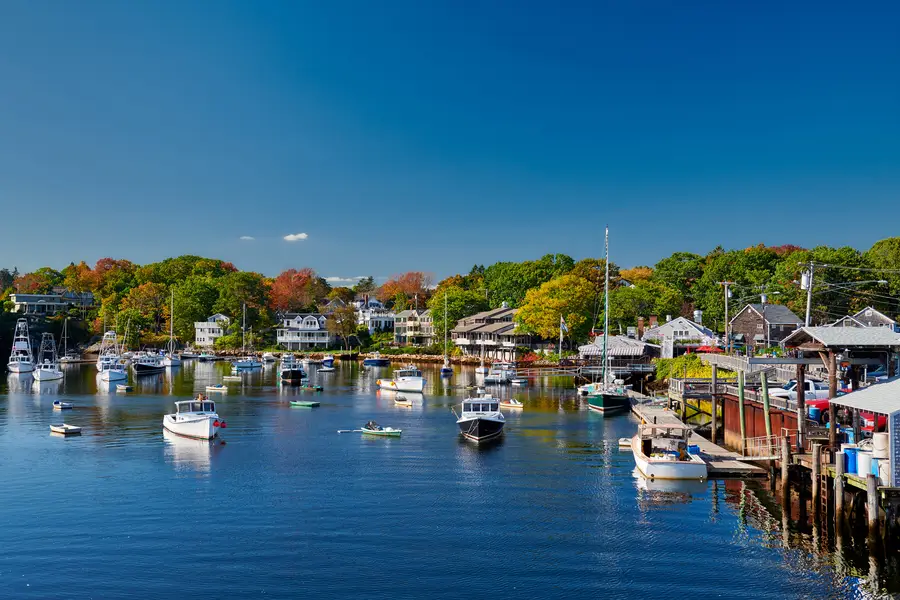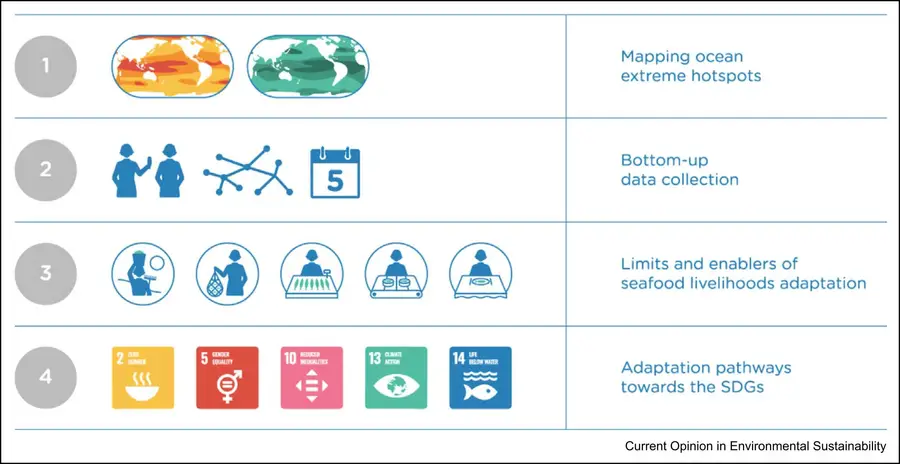
The world's oceans are experiencing unprecedented changes due to extreme climate events, including marine heatwaves, sea-level rise, and the intensification of El Niño and La Niña events. These shifts pose a critical threat to communities heavily dependent on seafood for livelihoods. Understanding and addressing these challenges requires a joint research effort to ensure the sustainability of both the marine ecosystems and the communities that depend on them.
Transformative Steps for Climate Change Resilience
Adaptation strategies have often been reactive and incremental, actions where the central aim is to maintain the essence and integrity of a system or process at a given scale. However, the scale of current challenges requires a transformational approach, that is, adaptation which fundamentally changes the attributes of a social-ecological system in anticipation of climate change and its impacts. Local communities and relevant stakeholders must collaborate to develop comprehensive strategies that not only respond to immediate threats but also build long-term resilience.
A New Research Approach to Protect Marine Ecosystems
Identifying the right course of action for transformational responses requires a detailed research agenda. Researchers from the Futures Oceans Lab and RTI have identified four key areas for research to understand how seafood-dependent livelihoods can adapt to the singular or compounded impacts of extreme climate change events.
The new approach involves:
- Mapping Extreme Ocean Hotspots: Understanding where and how extreme events will hit hardest is crucial. This involves identifying hotspots and the communities most at risk.
- Bottom-Up Data Collection: Research must delve into the various adaptive strategies communities are employing, determining what works and what doesn't.
- Limits & Enablers of Seafood Dependent Livelihoods Adaptation: Identifying the obstacles to effective adaptation is essential. This includes social, economic, and political barriers that hinder resilience efforts.
- Adaptation Pathways Towards the SDGs: The research should align with broader objectives like the United Nations Sustainable Development Goals, ensuring a holistic approach to sustainability.

Priorities for a new research agenda to address seafood-dependent livelihood adaptation to extreme ocean events.
Protecting the Future of Seafood-Dependent Livelihoods
Extreme events, unprecedented in their impact, are pushing marine species and dependent livelihoods to their limits. Future research needs to focus on understanding these impacts and developing adaptation strategies that prevent maladaptation outcomes. A comprehensive approach that considers the cumulative effects of historical extreme events and socioeconomic shocks, coupled with an understanding of the system's adaptive capacity, is essential for seafood-dependent communities to thrive.
Interested in learning more? Access our publication ‘Research priorities for seafood-dependent livelihoods under ocean climate change extreme events.’
See RTI experts available for interviews about extreme climate change events.
